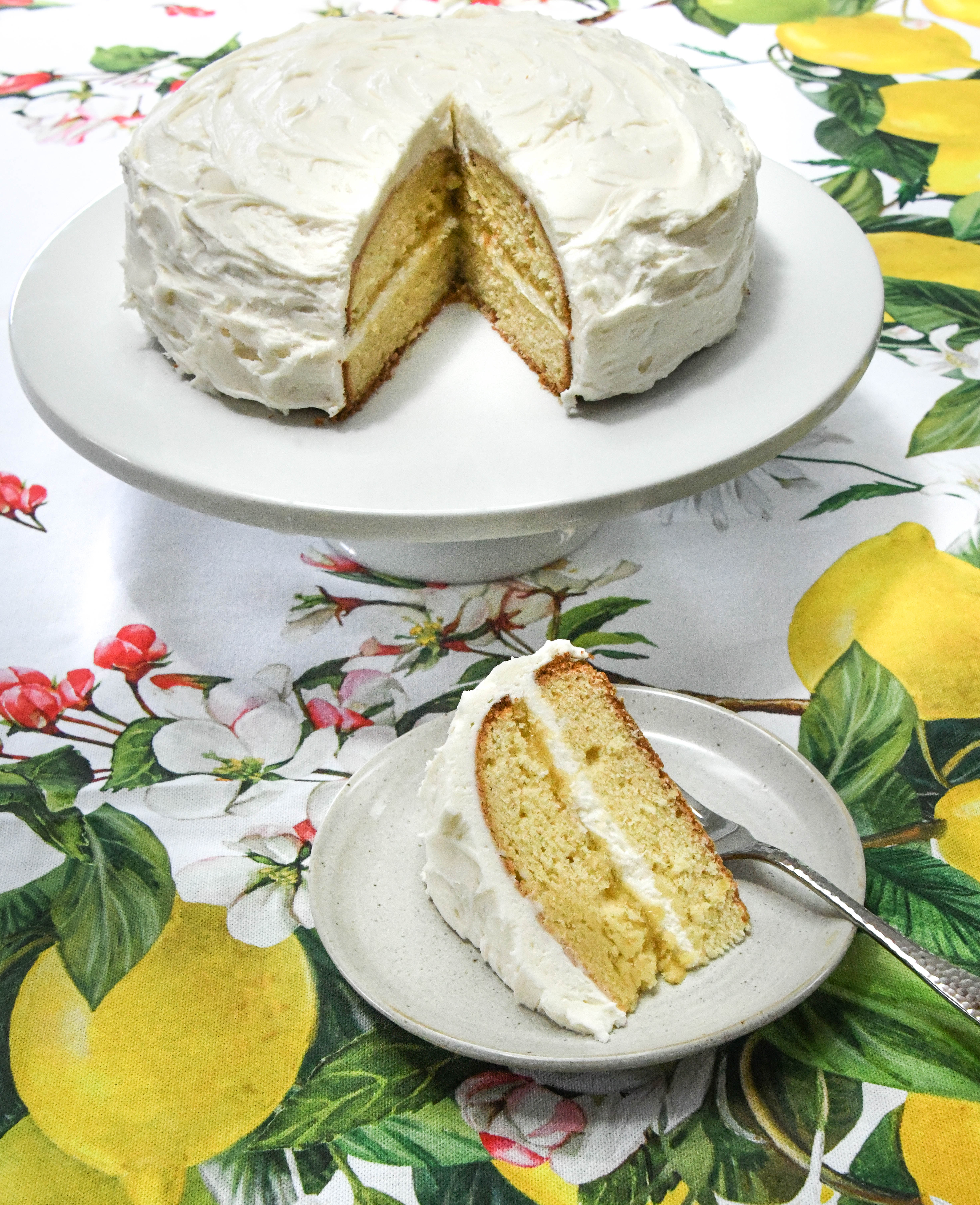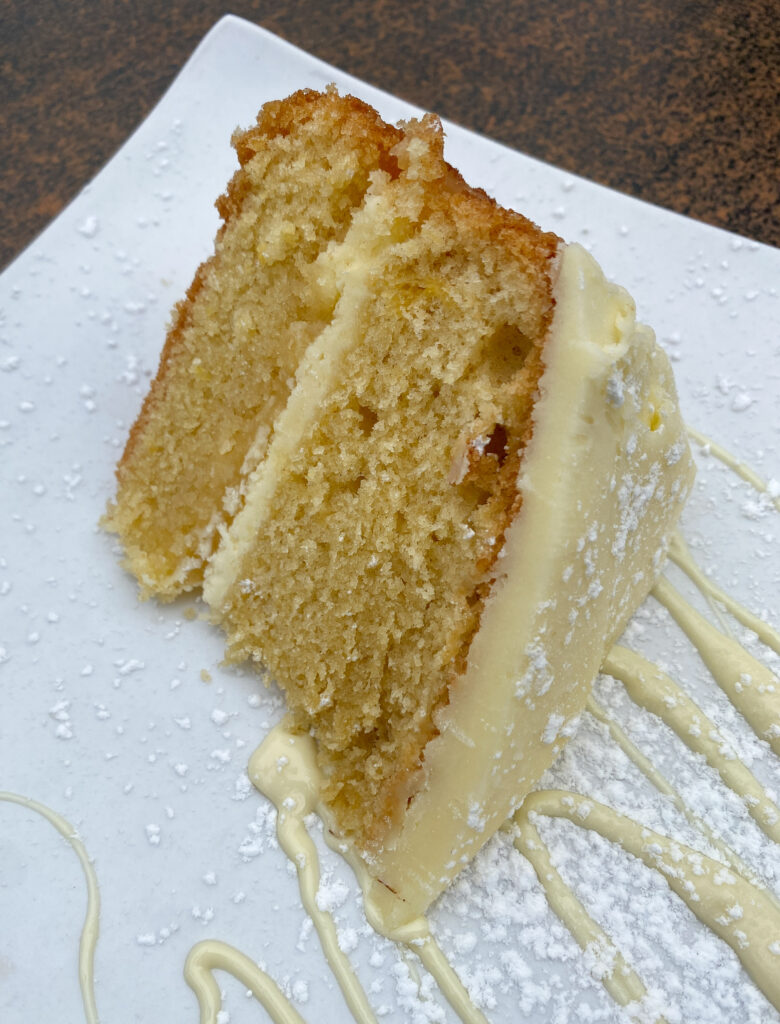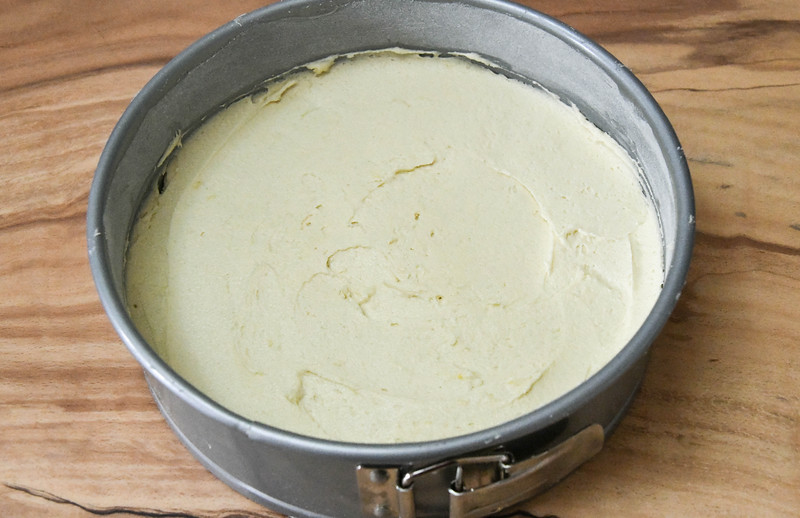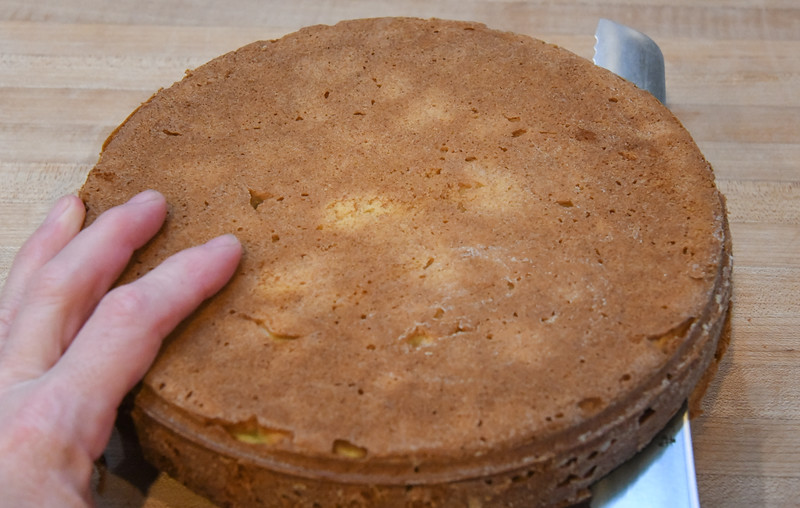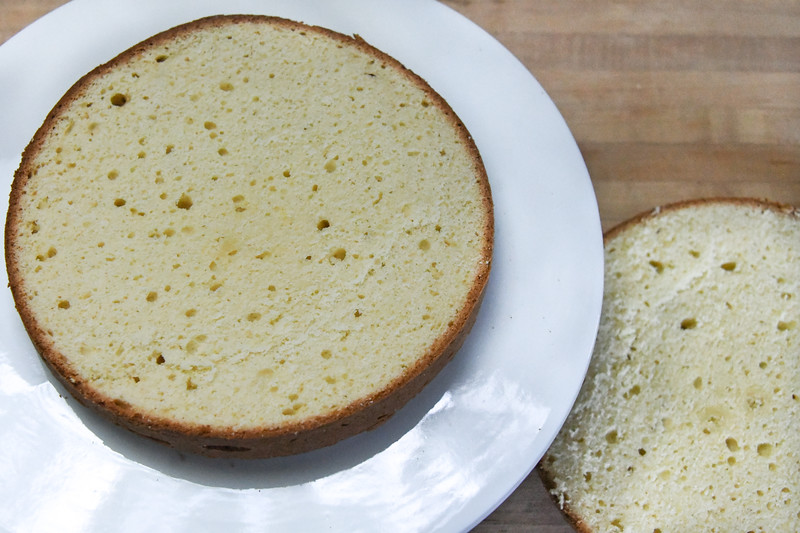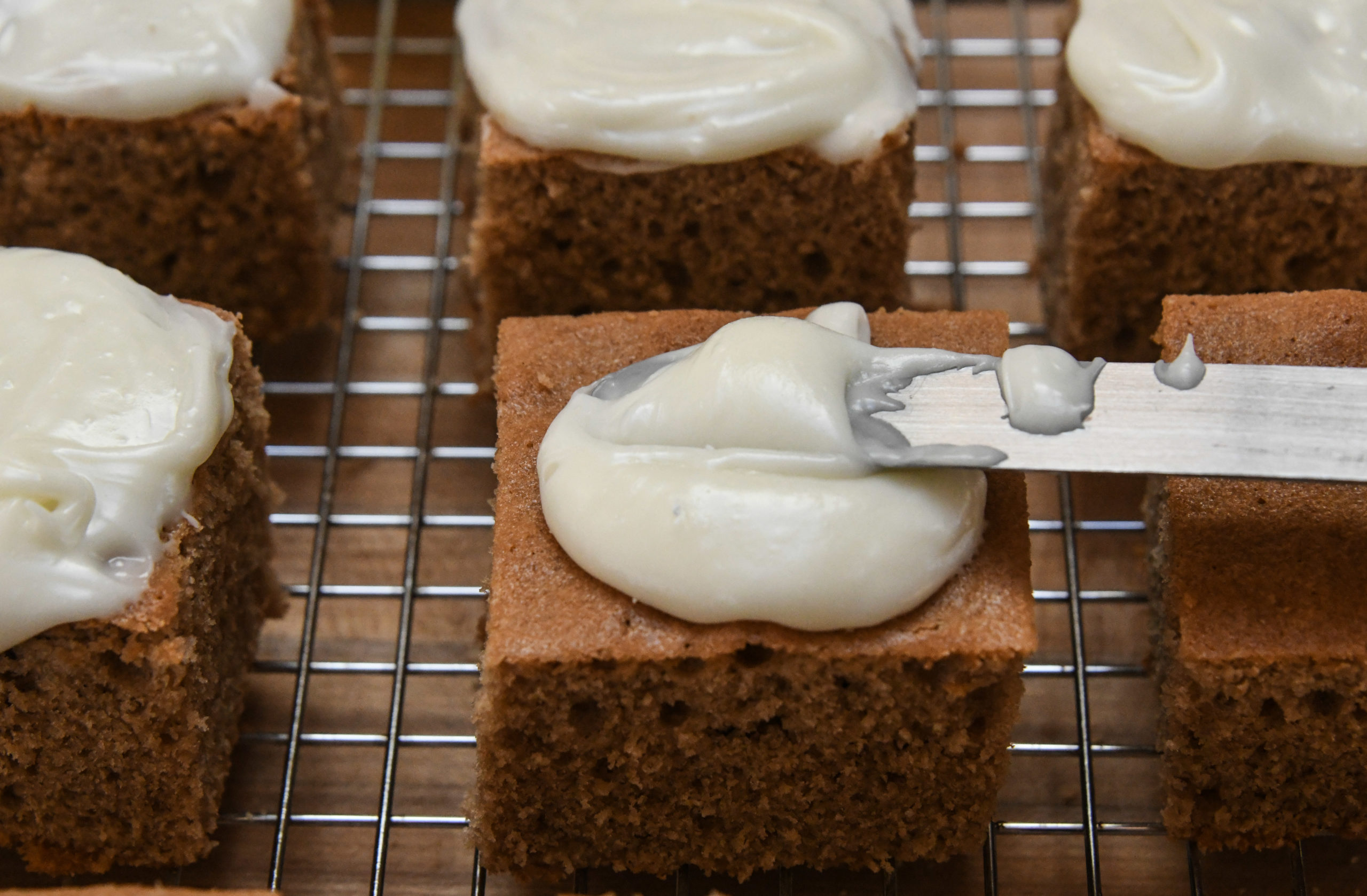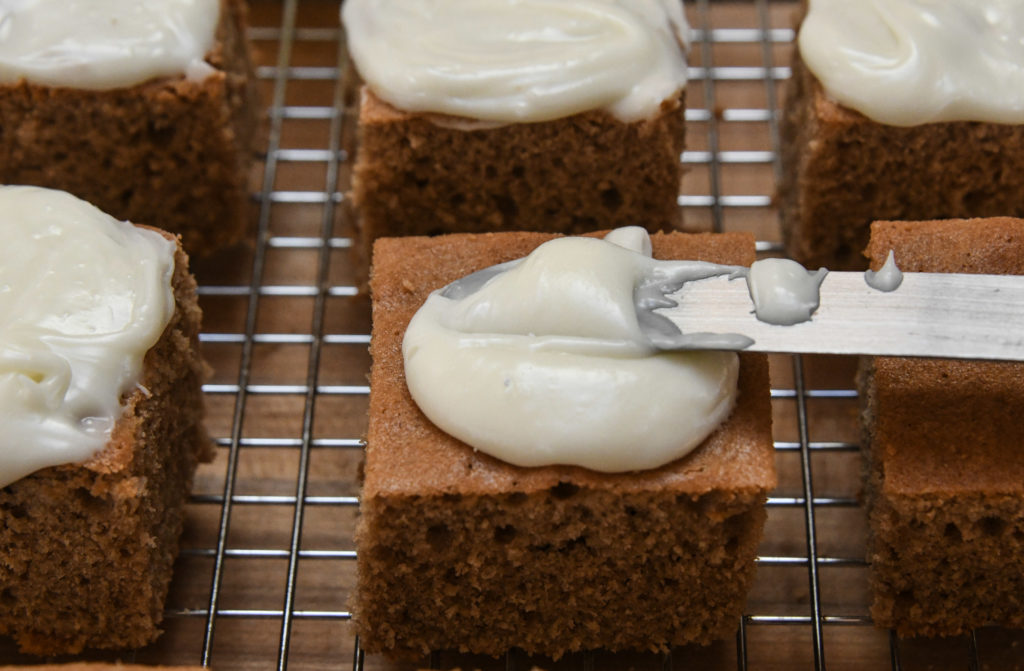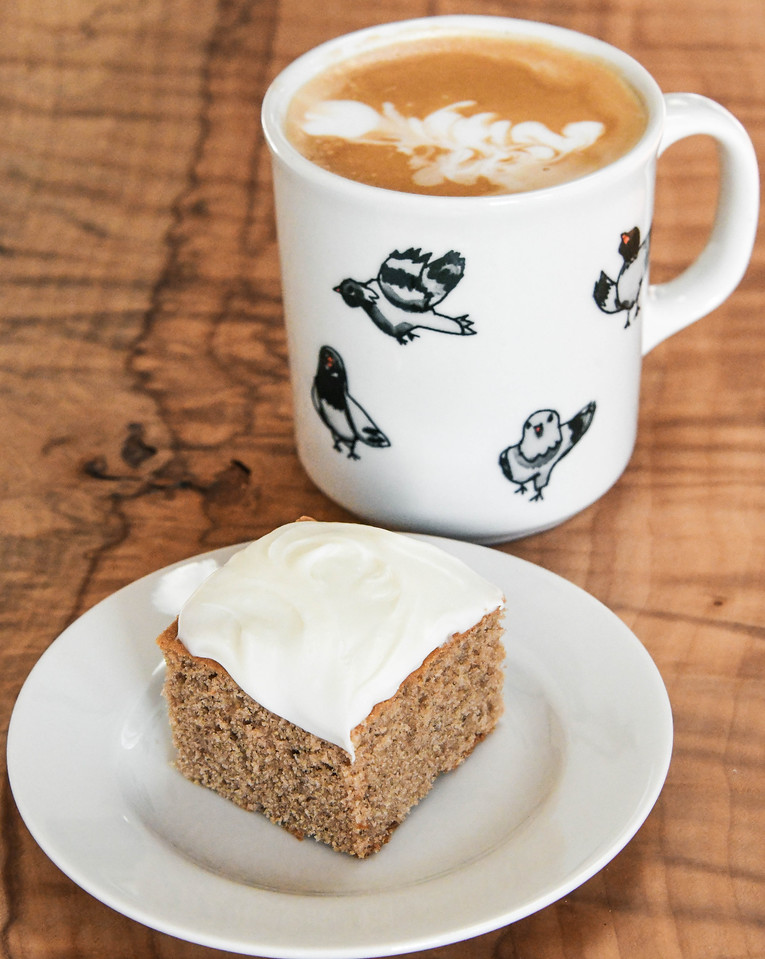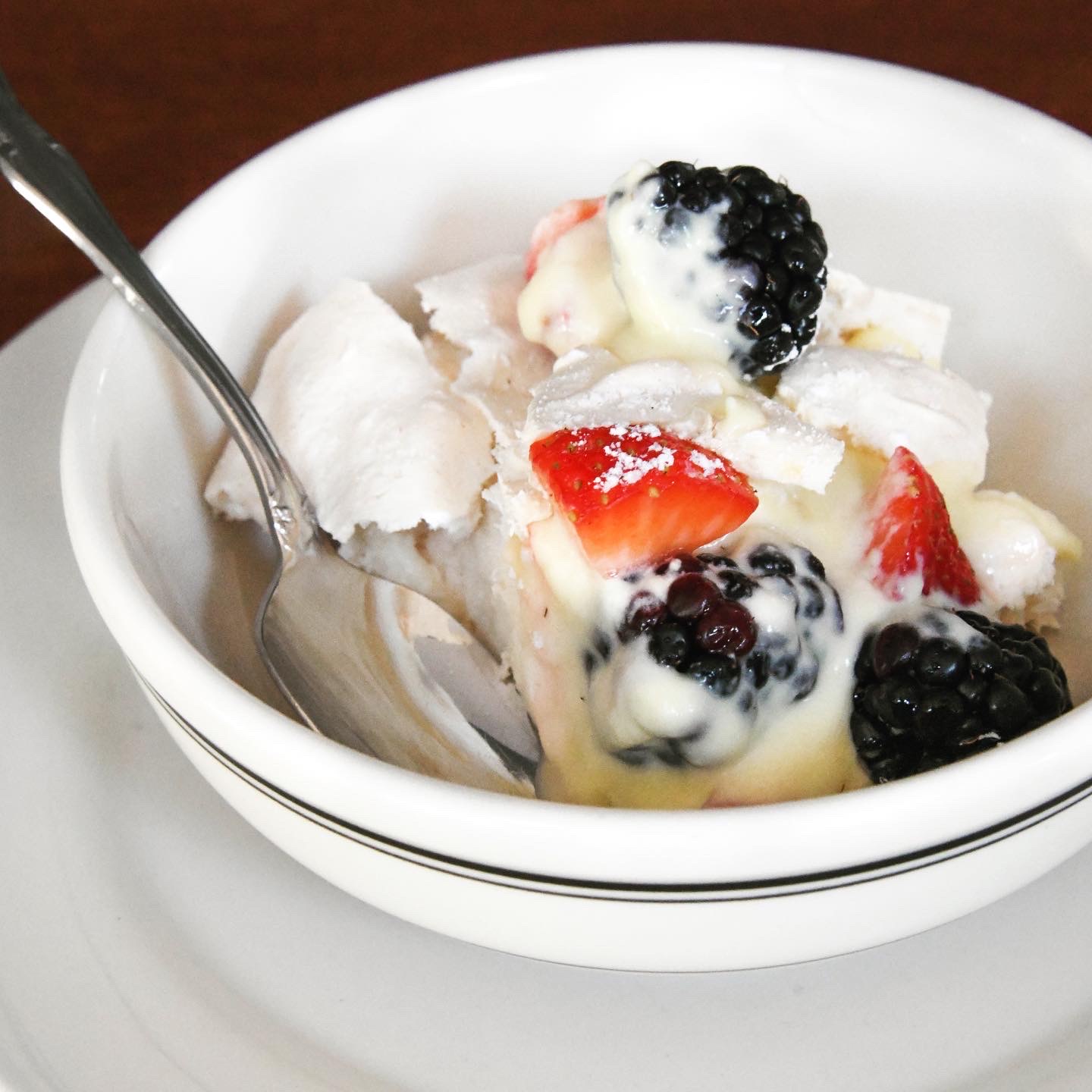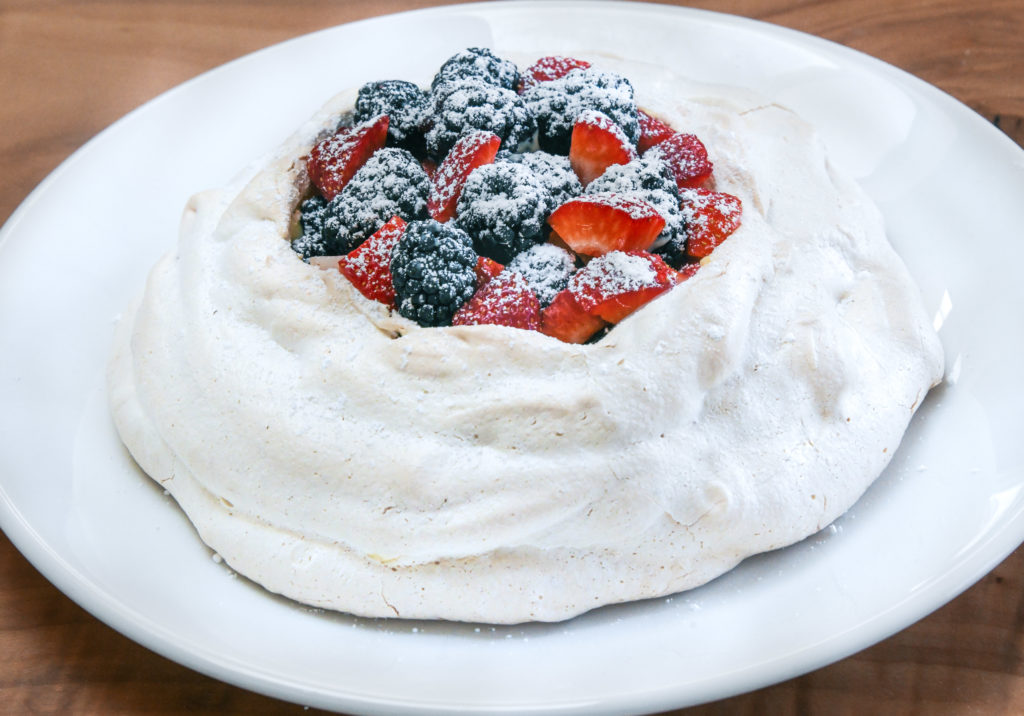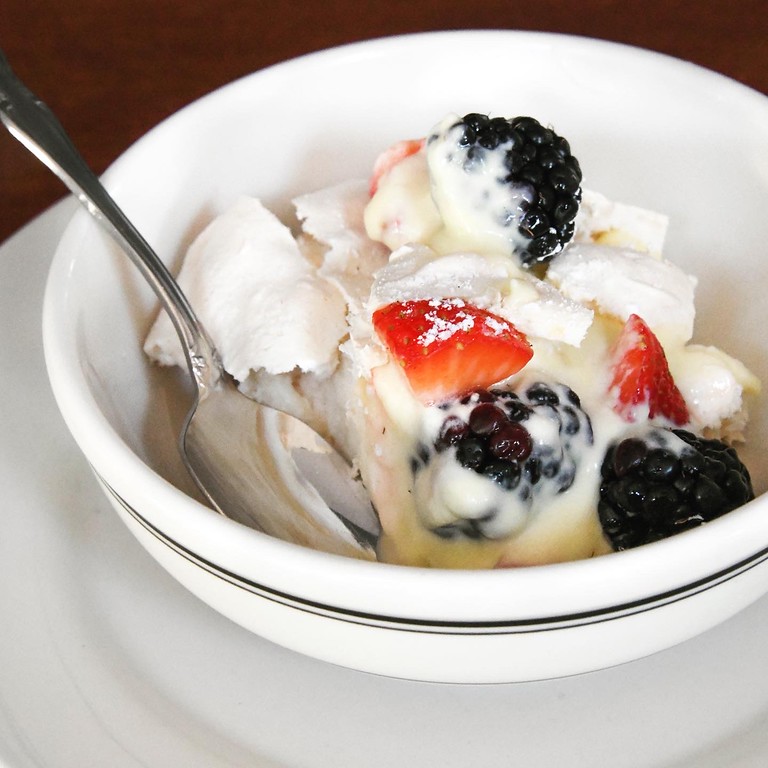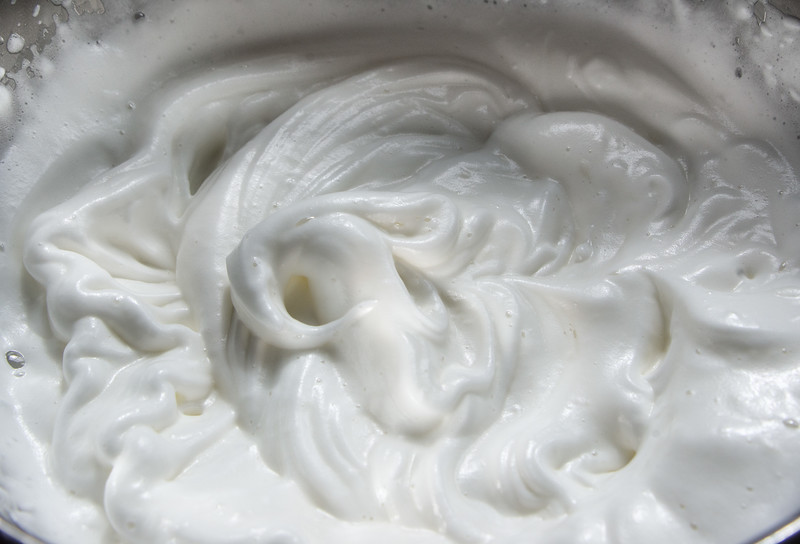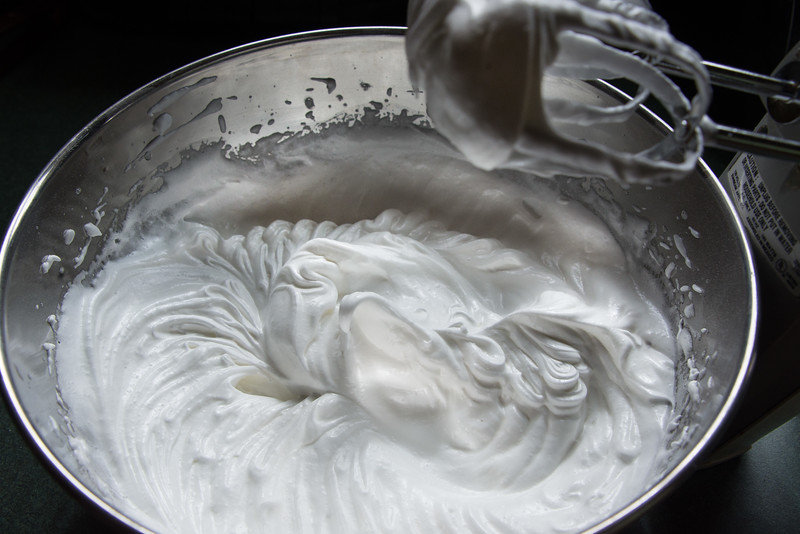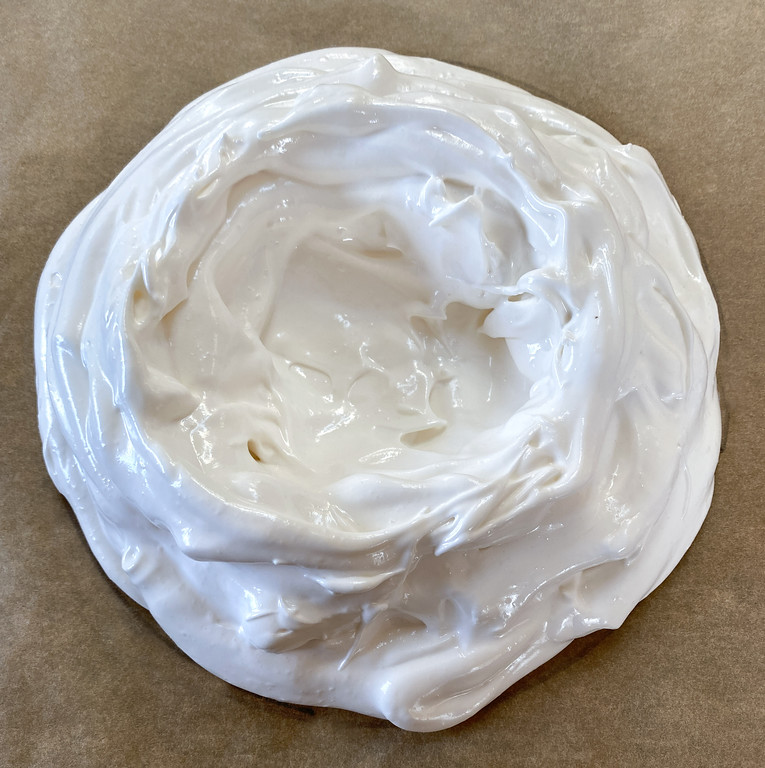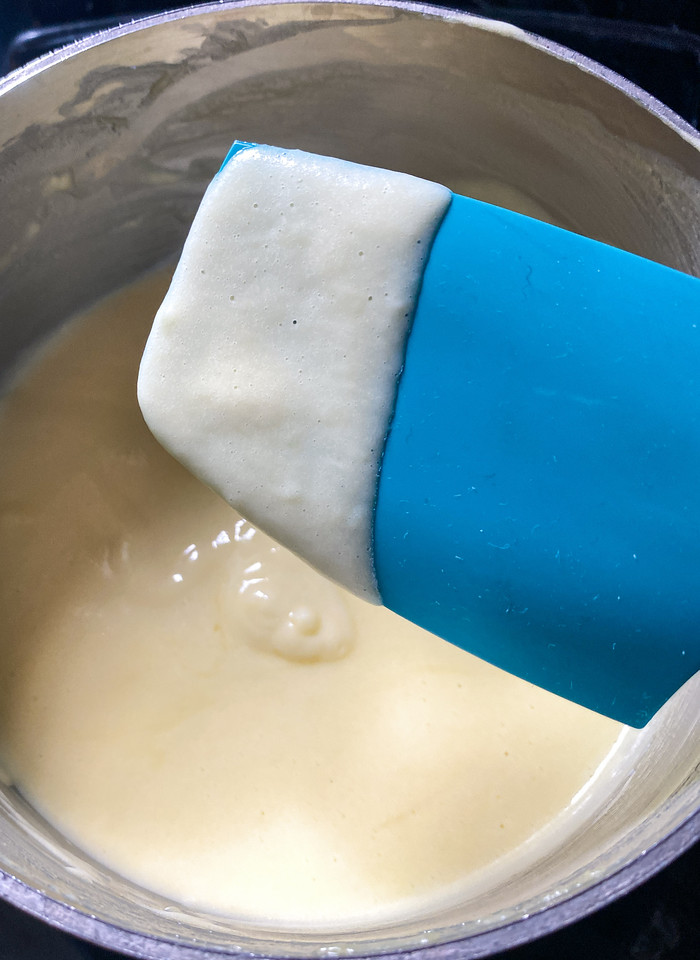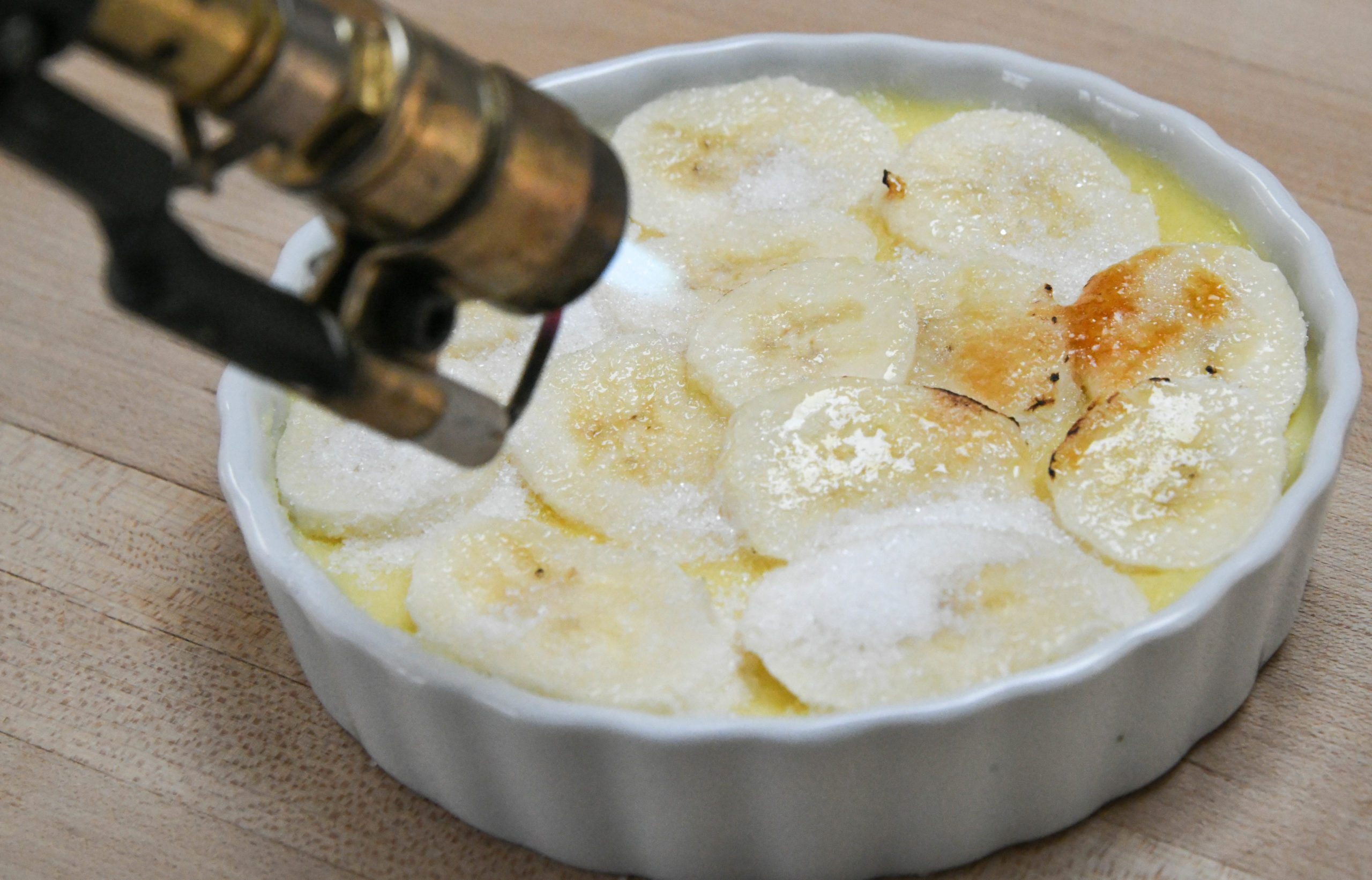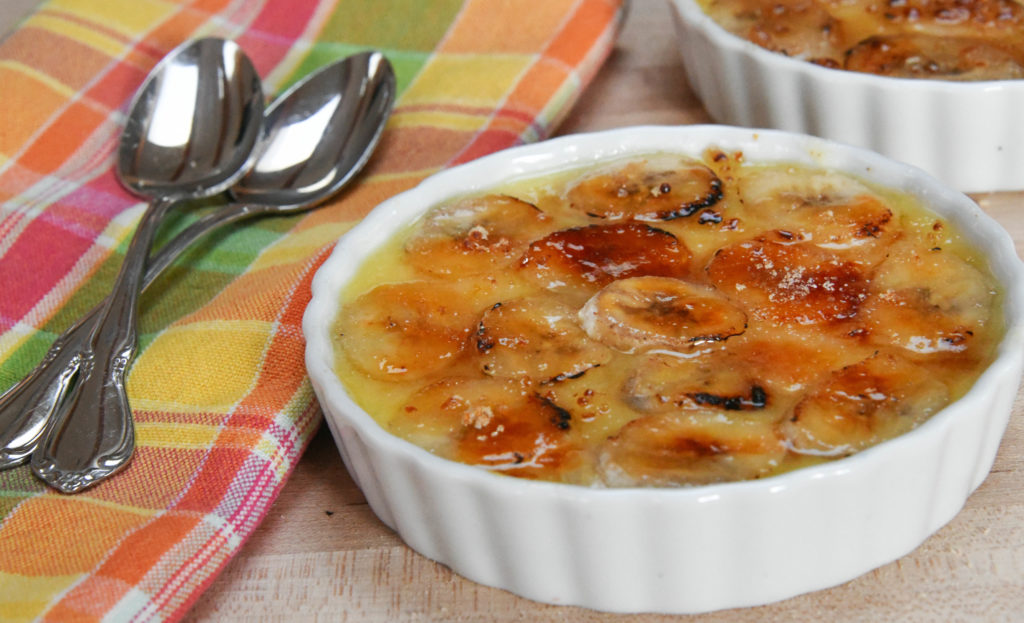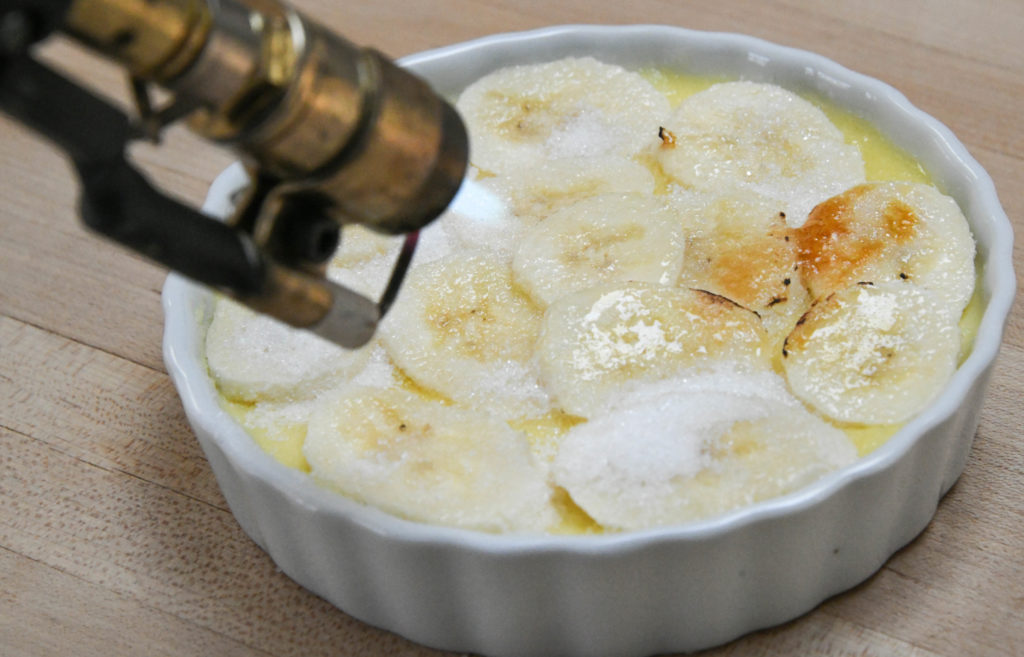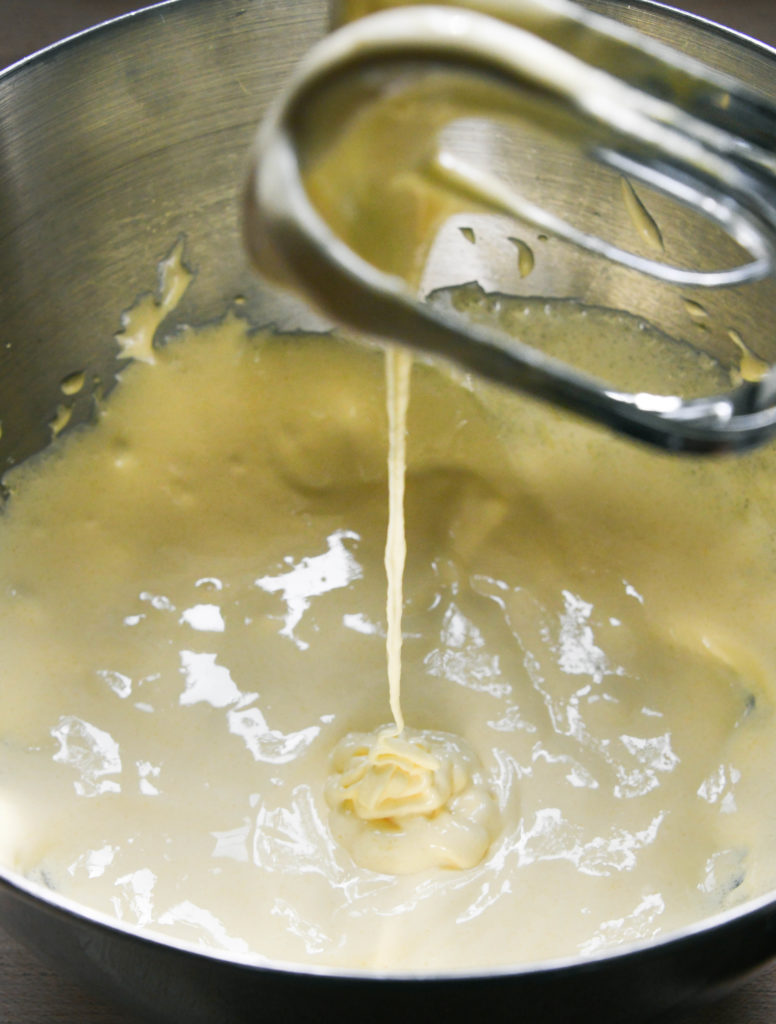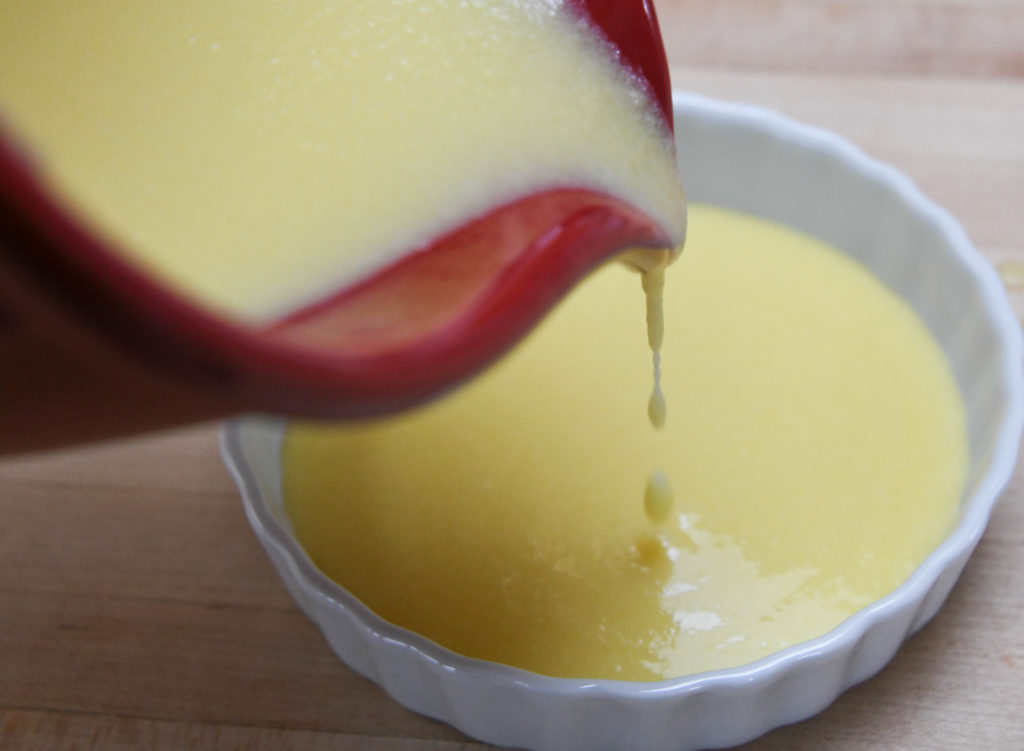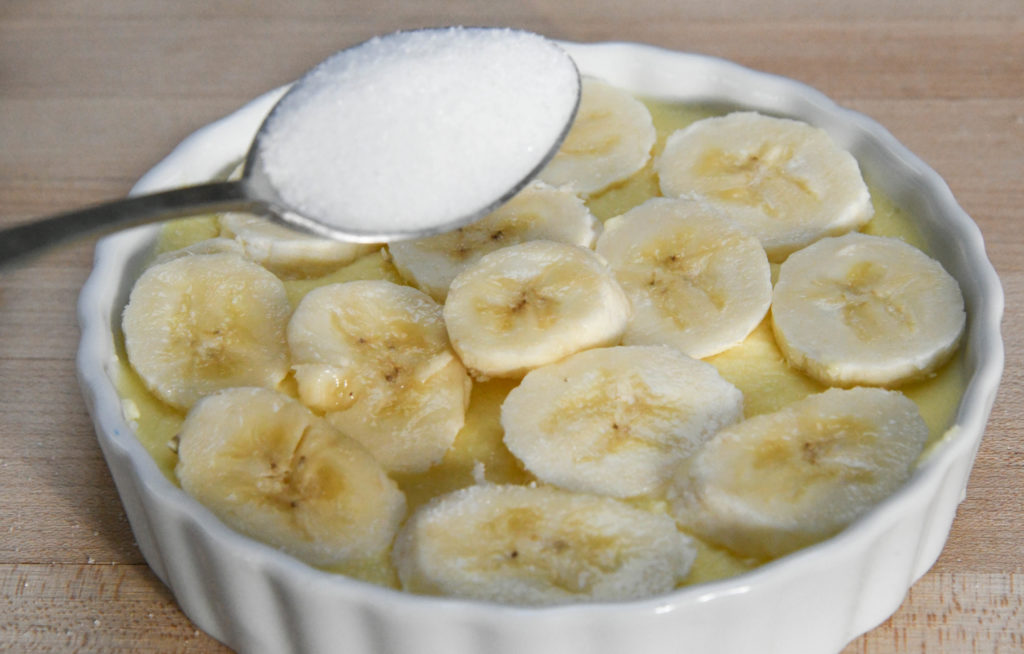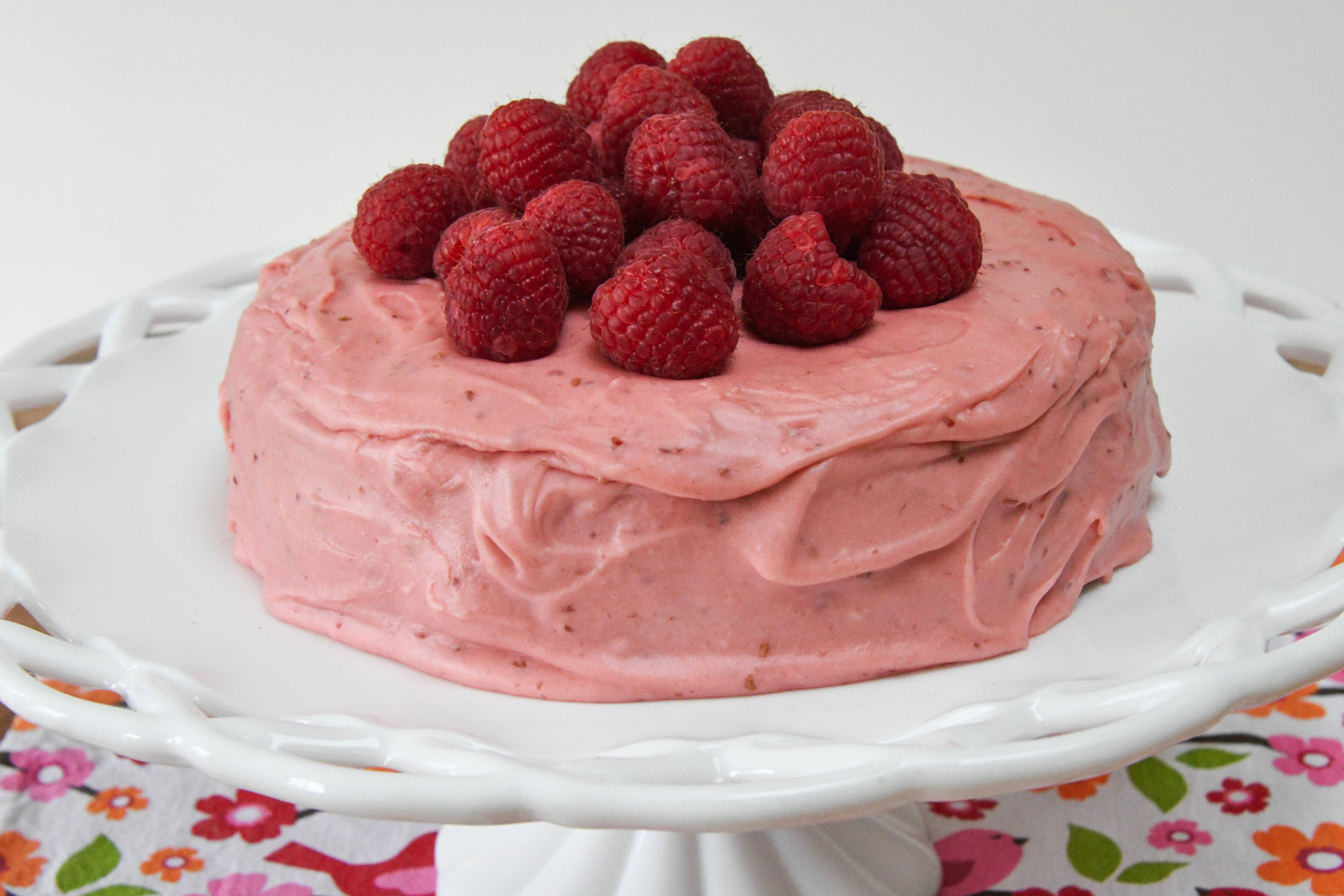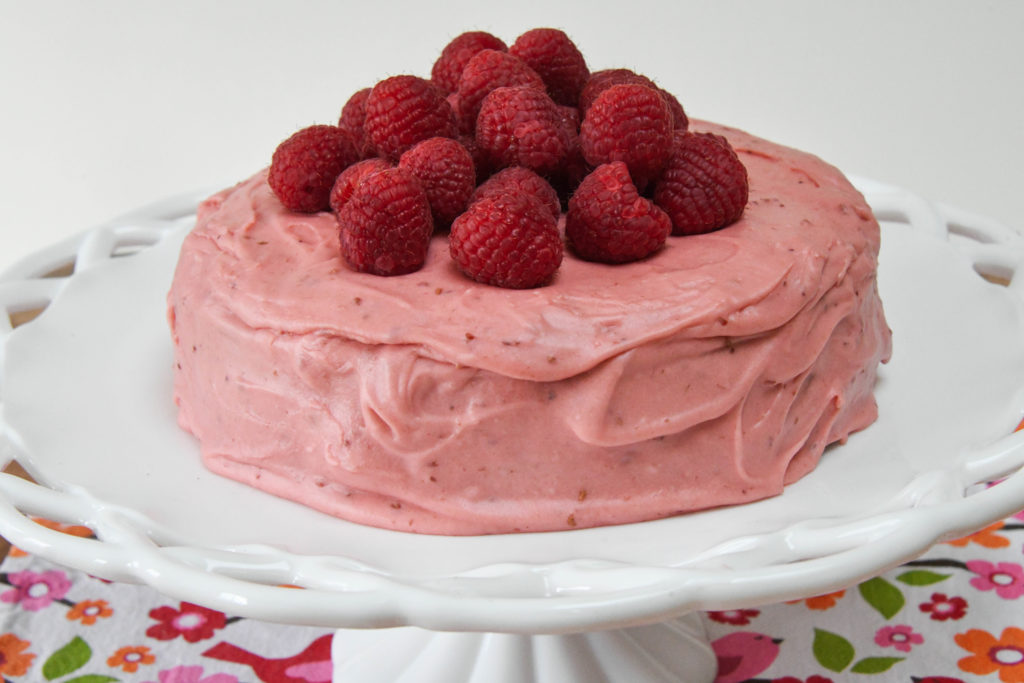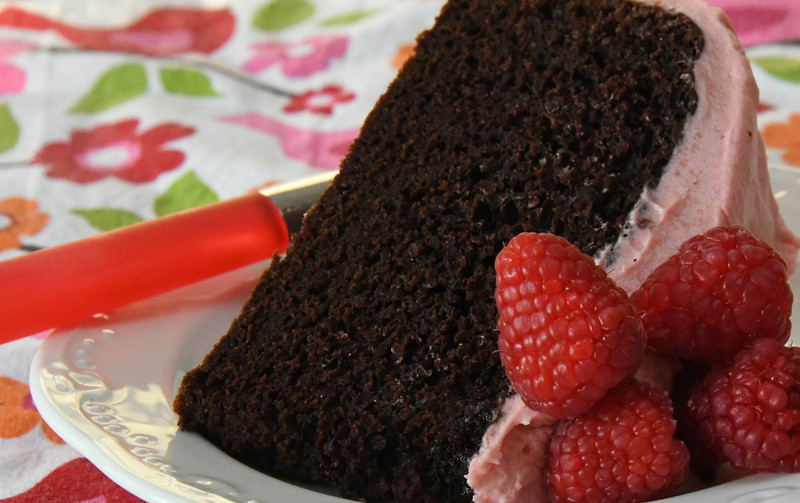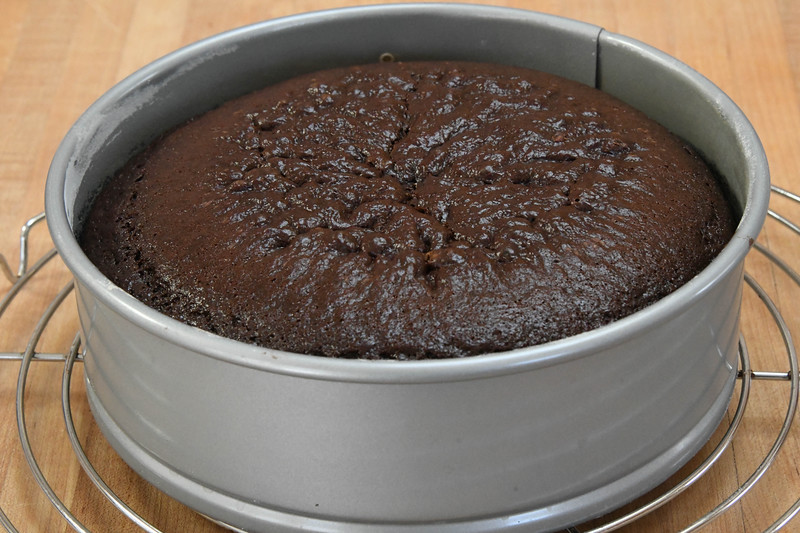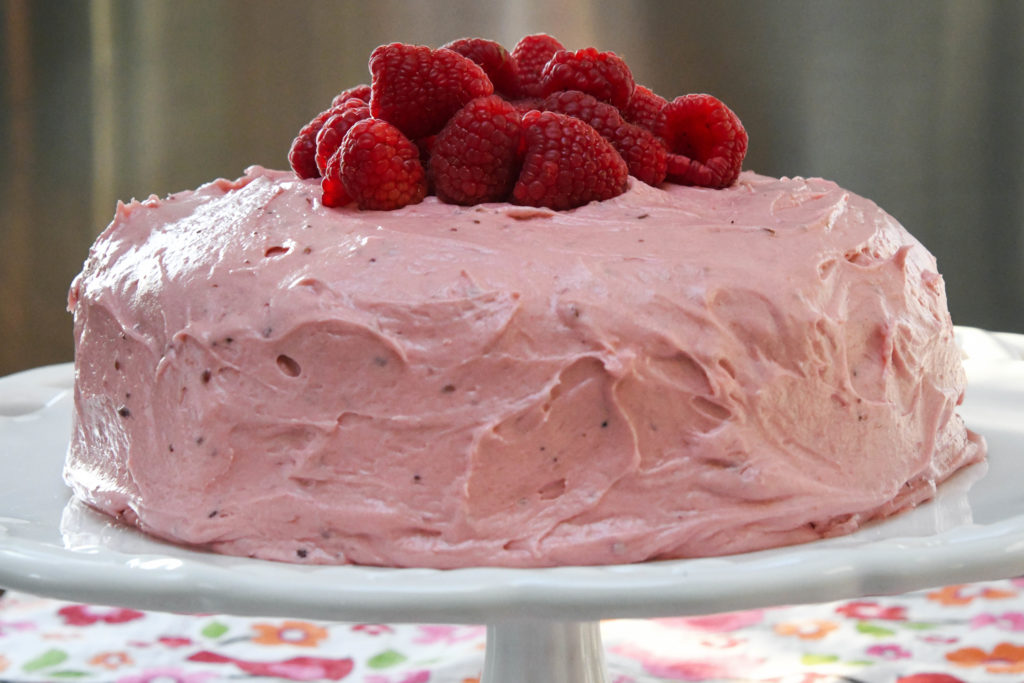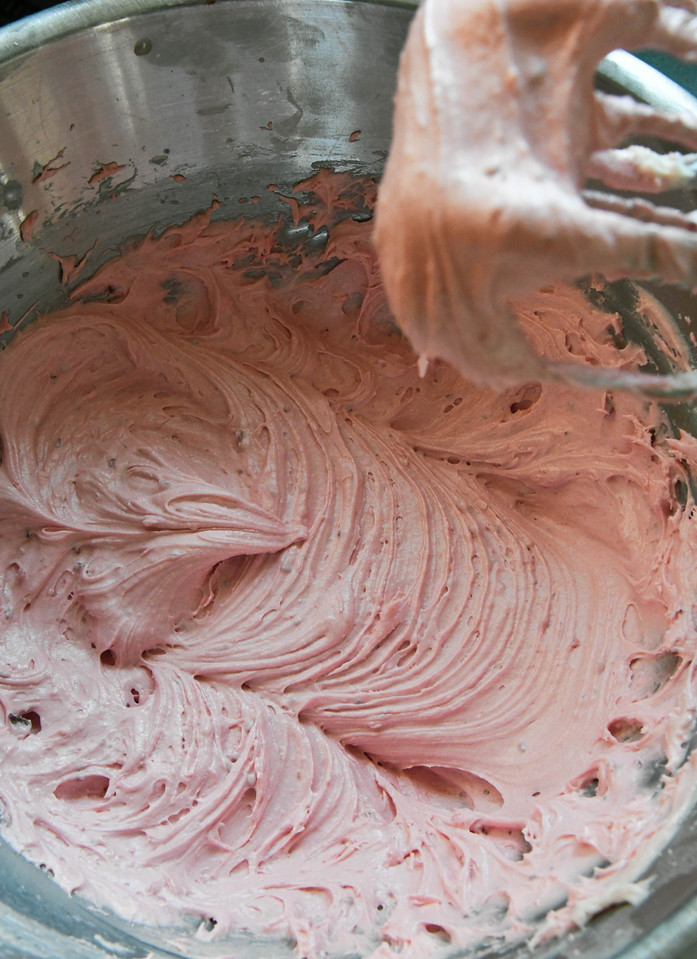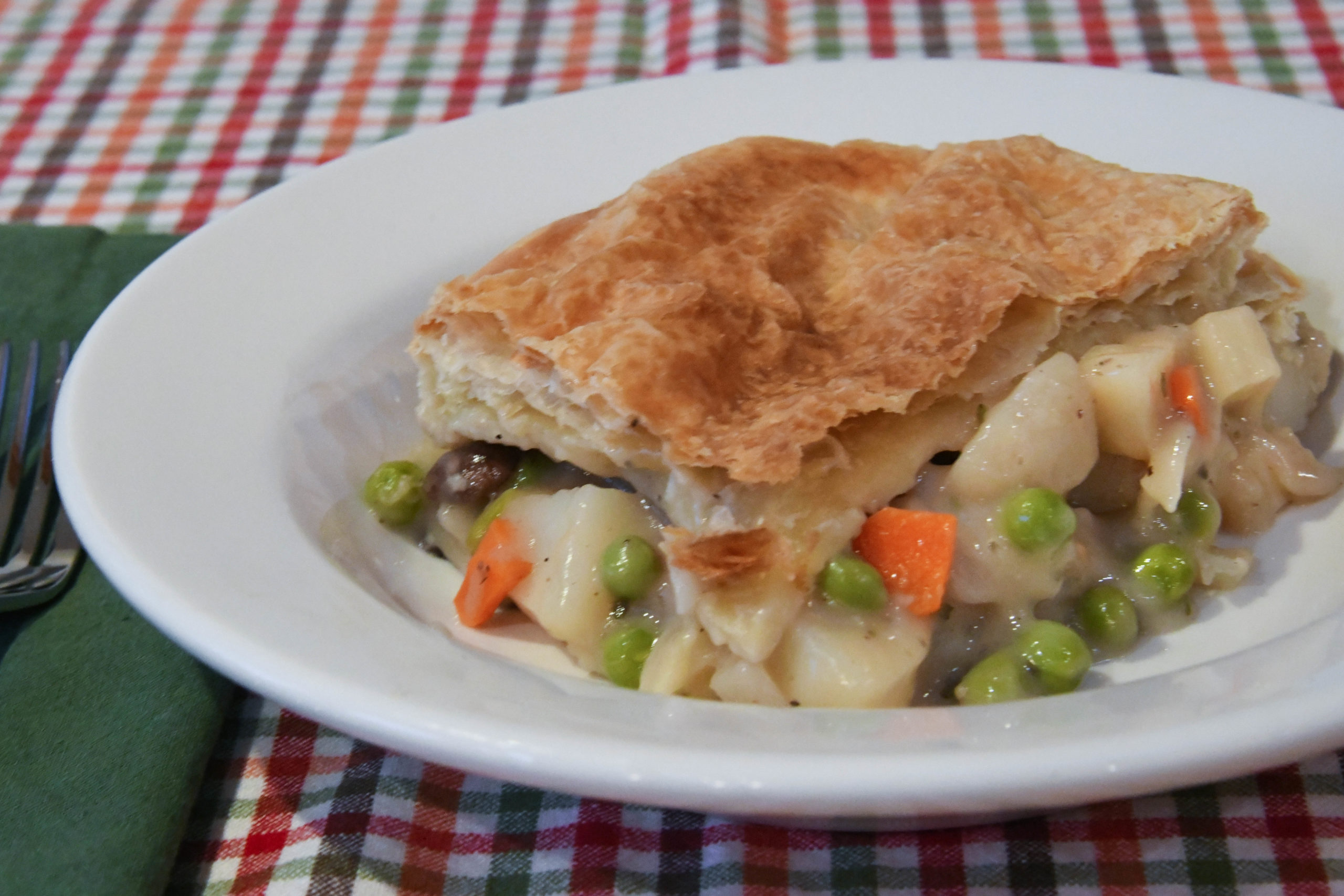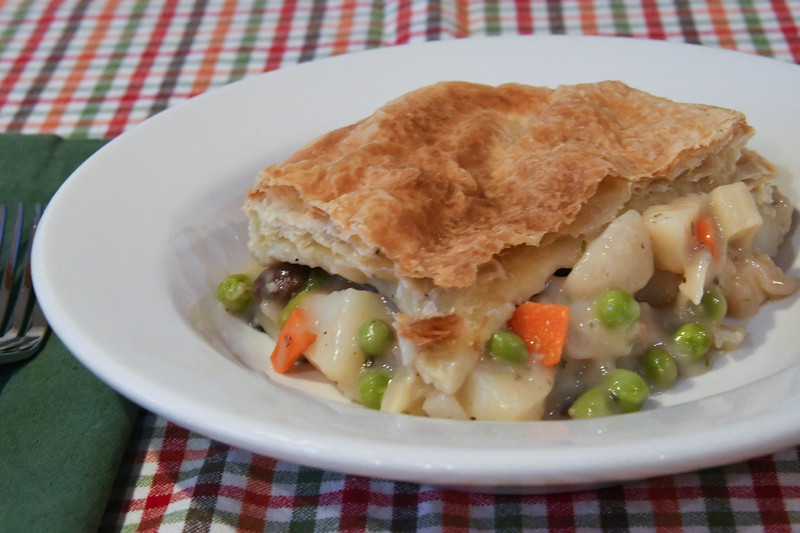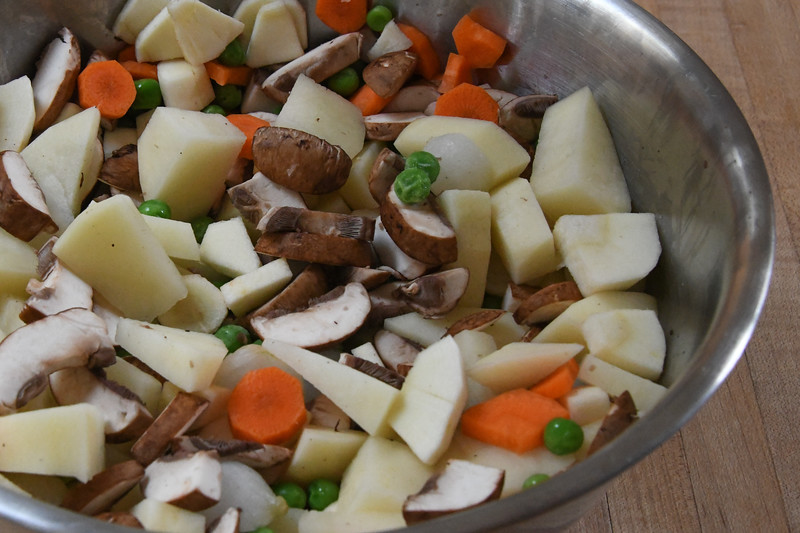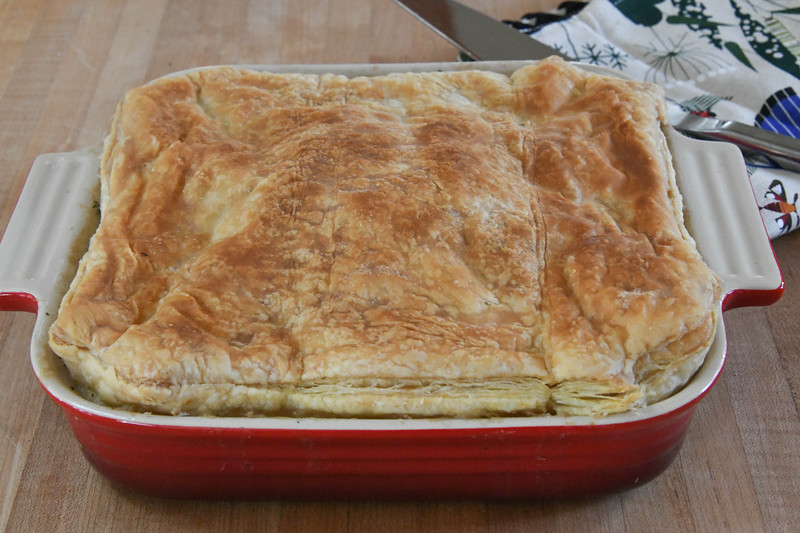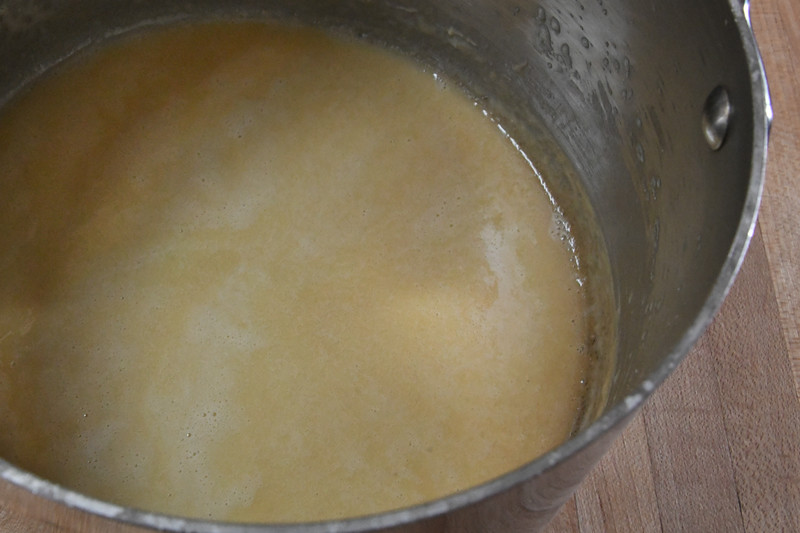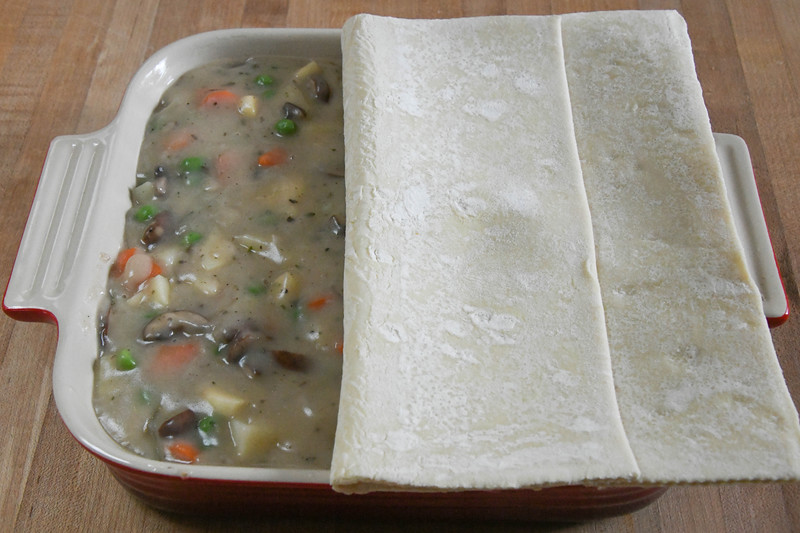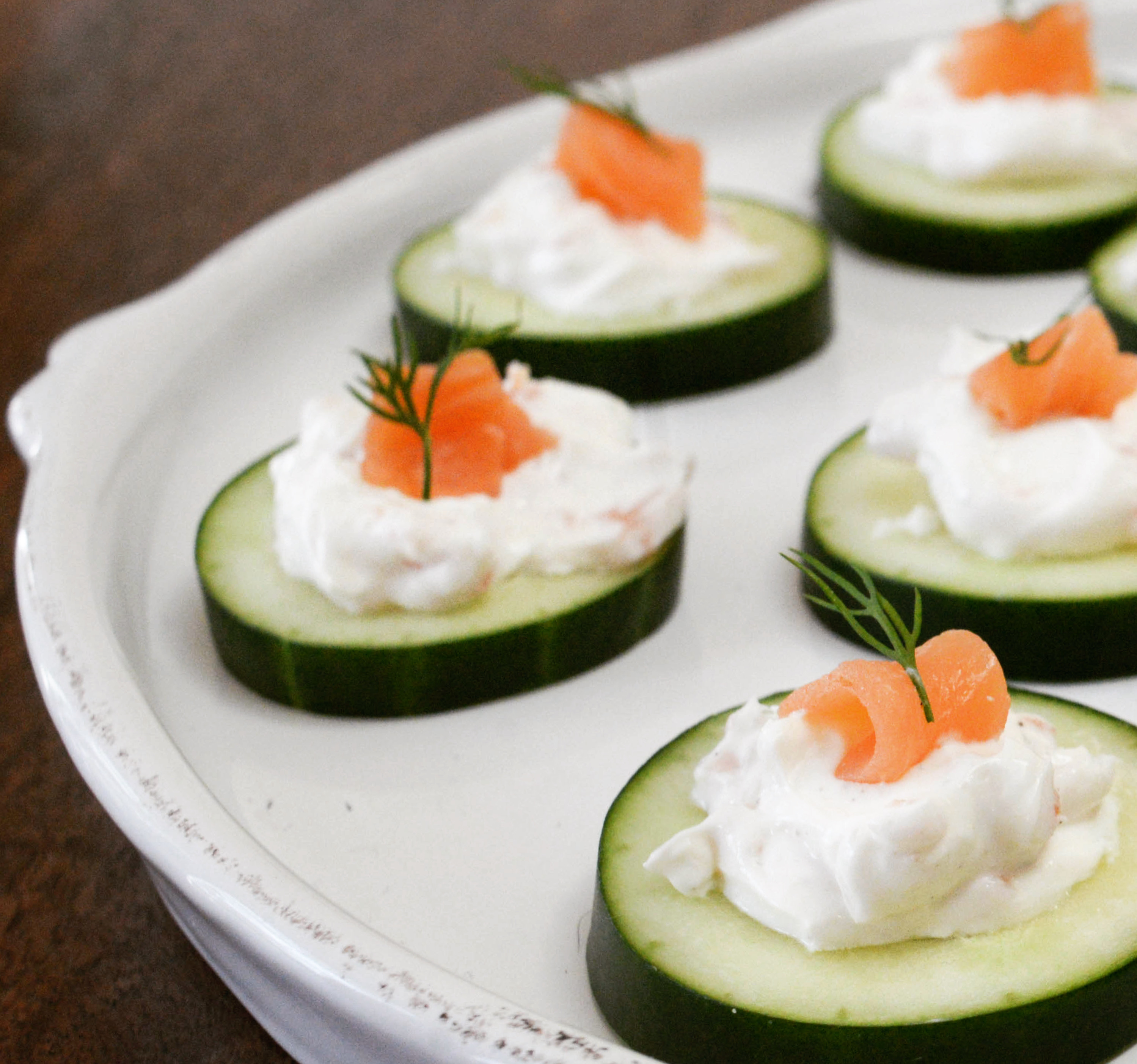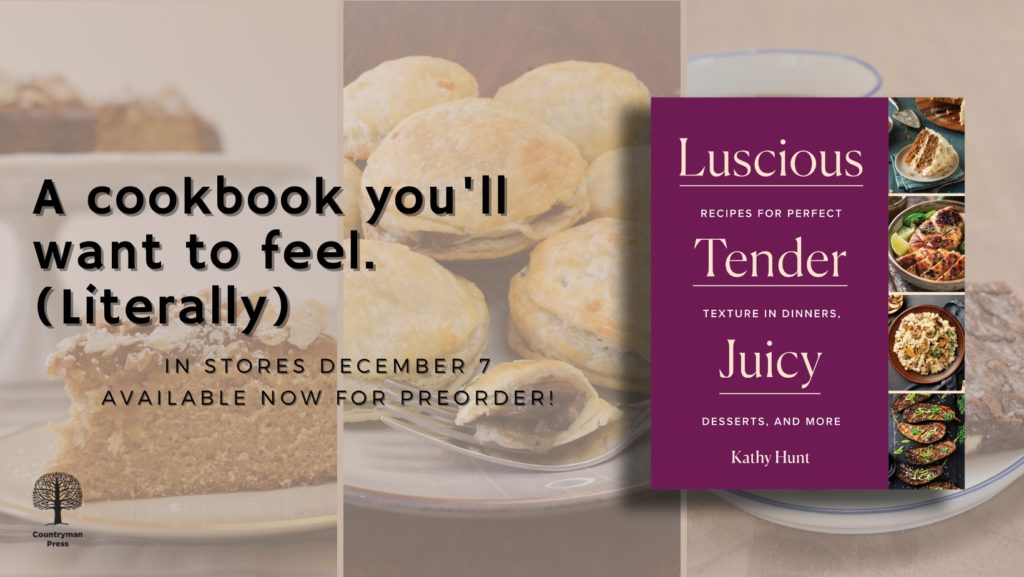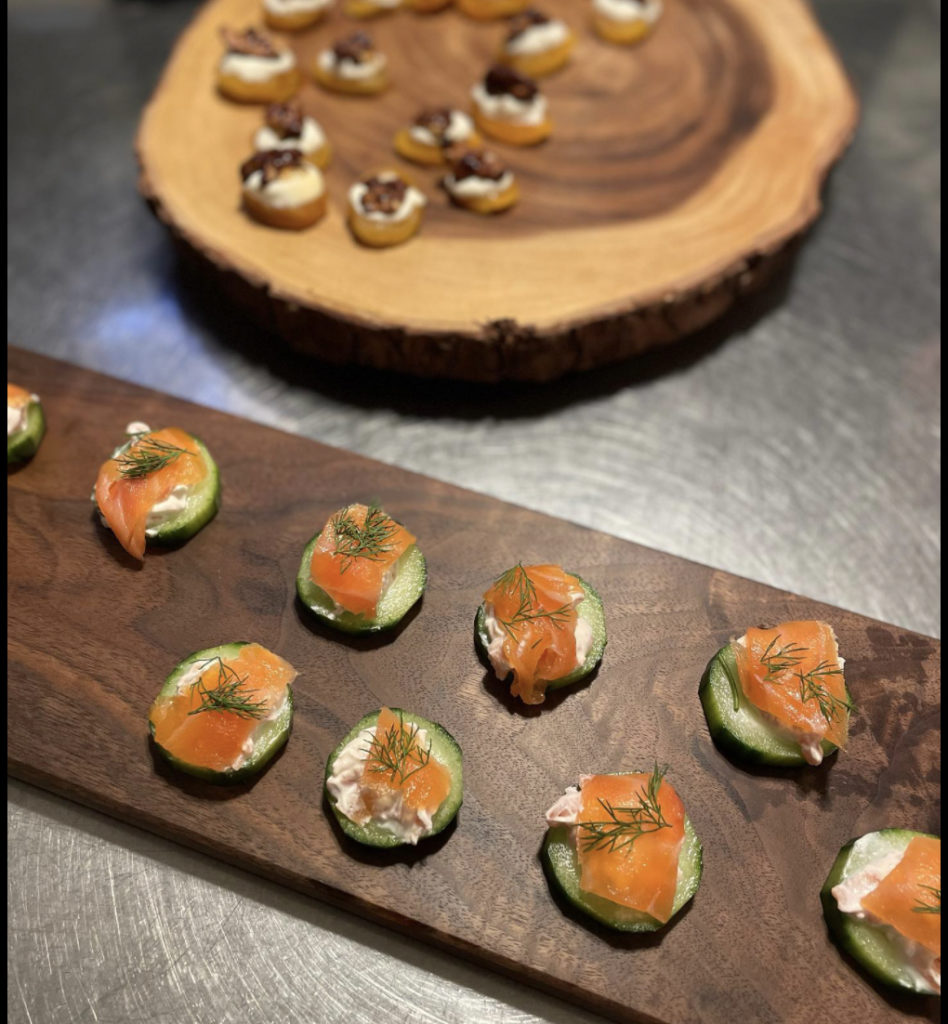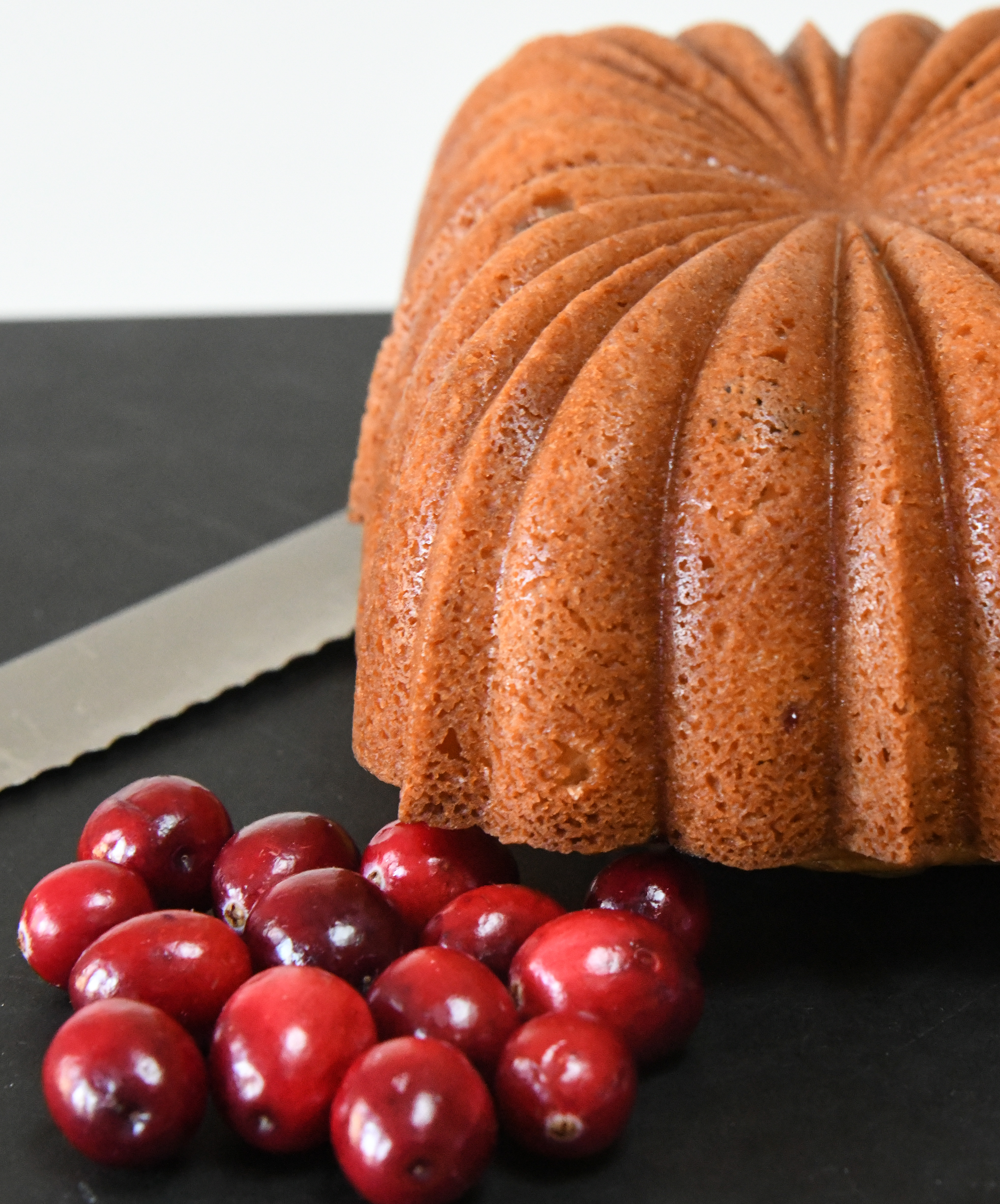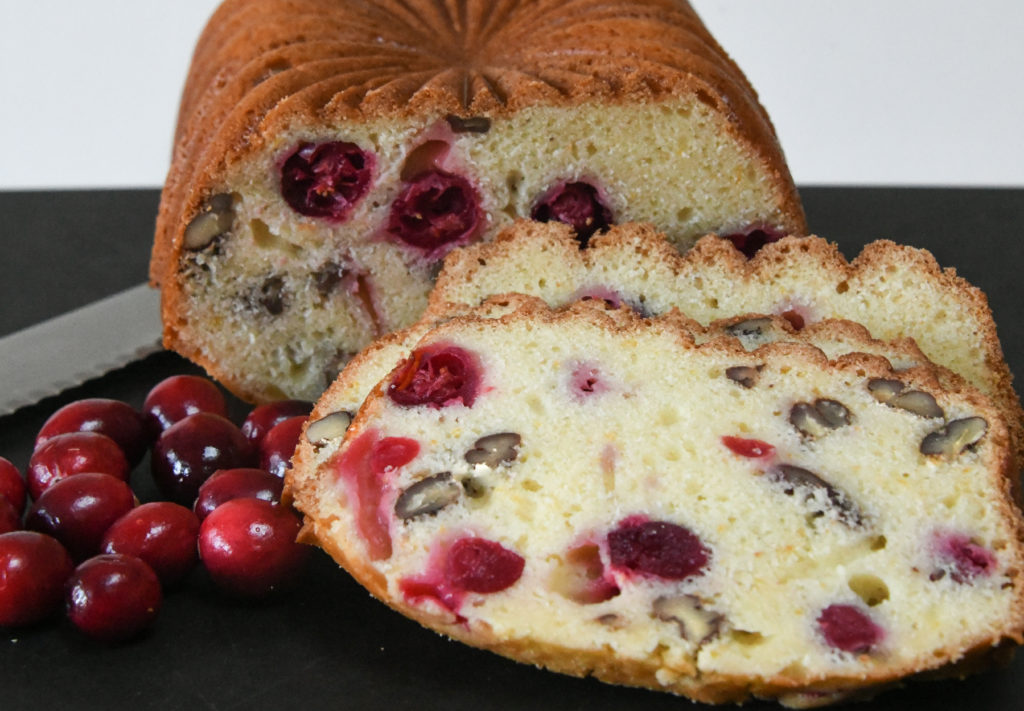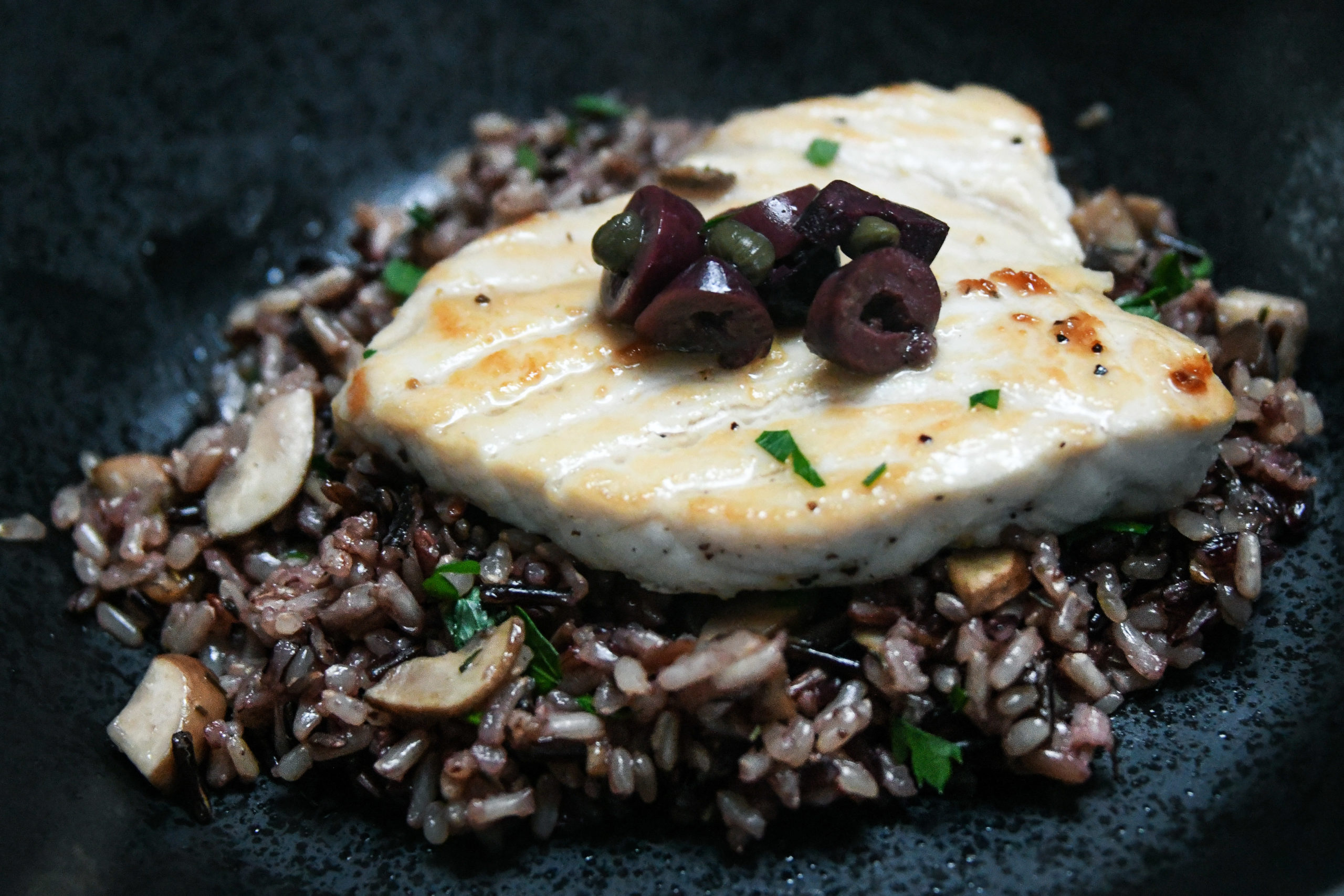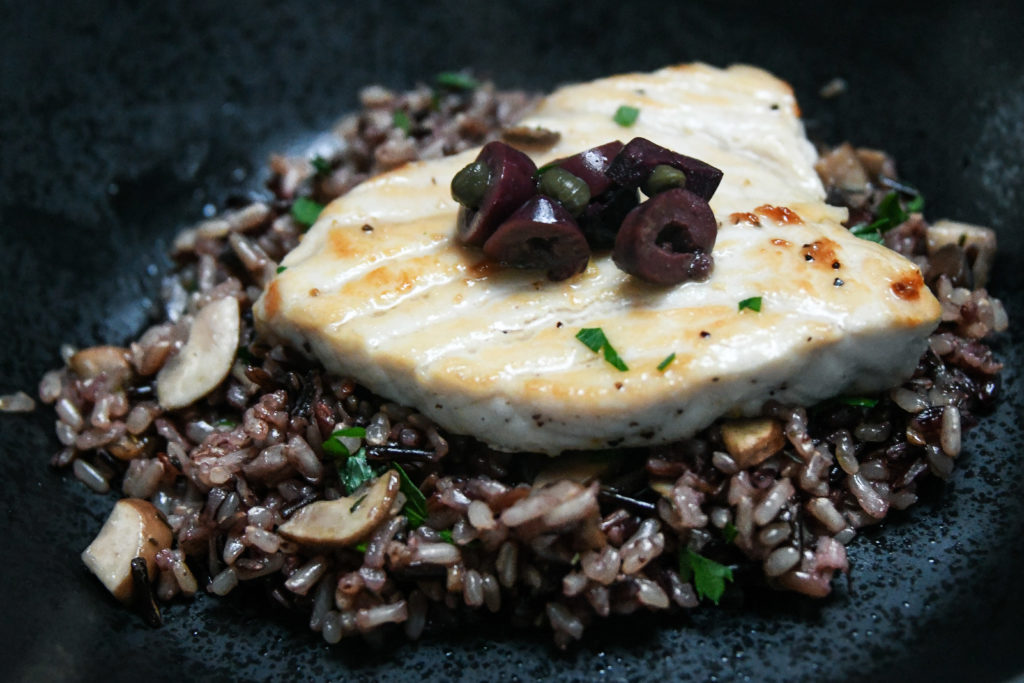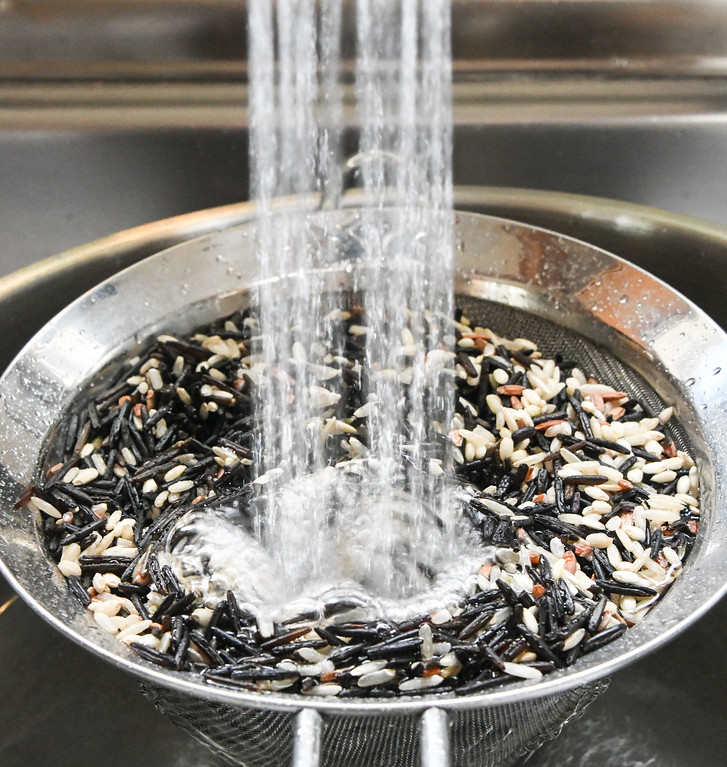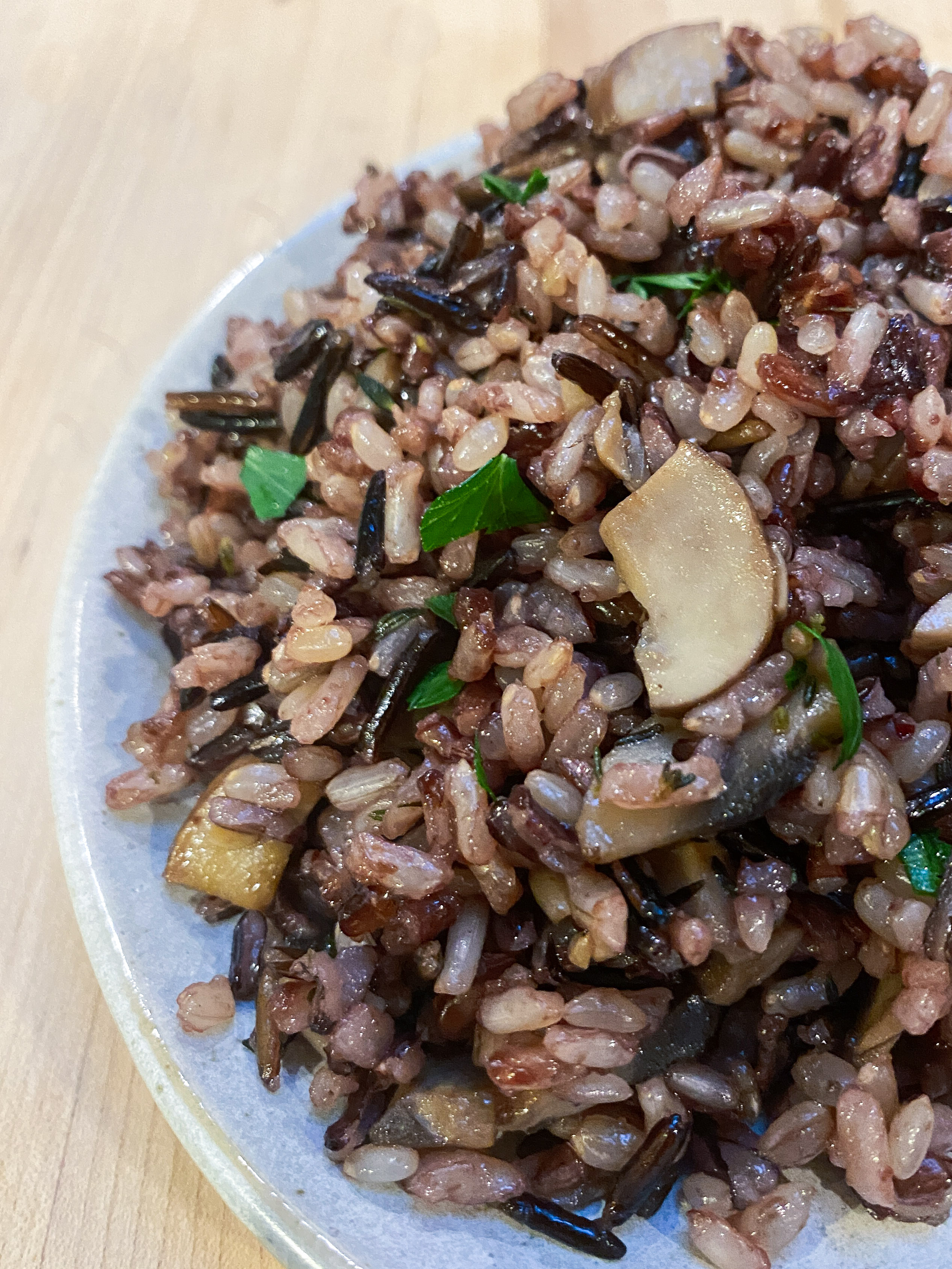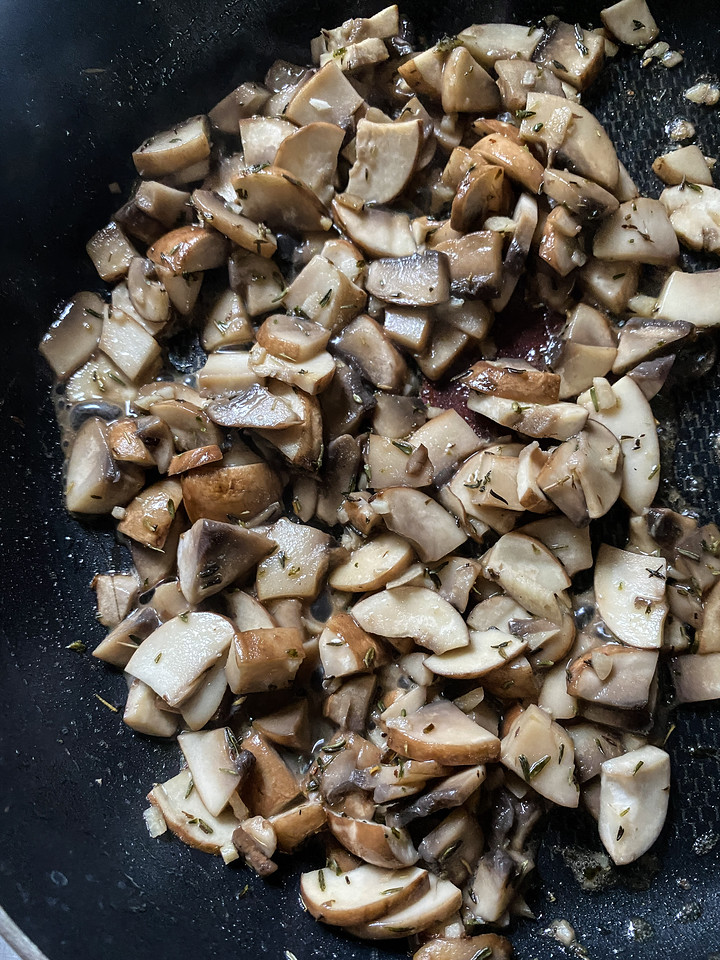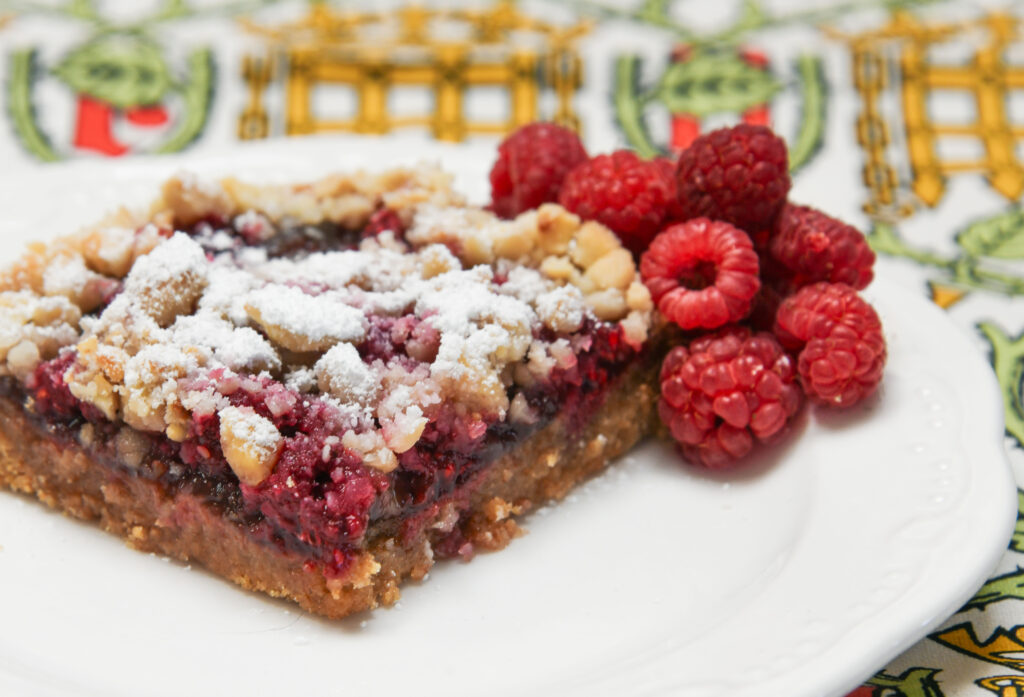
Last summer, I went on hiatus from food writing. I hadn’t intended nor had I particularly wanted to take a break, but, I’d started a full-time editorial job while continuing to write long-form freelance articles — see clippings.me for samples from my other writing life — and do occasional book events. What free time I had, I used to complain about the lack of free time. Over a year later, I complain a little less and dabble a little more at some of the things I love — writing, cooking and taking photographs. What changed? My pandemic garden and its prolific raspberry bush.
Planted in the summer of 2020 alongside tomatoes, cucumbers and a few herbs, the raspberry bush was a bit of a lark. I love raspberries so, although I was a first-time gardener, I decided to take a chance. I didn’t expect the plant to yield fruit that first year, if ever. By October 2020, my expectations had been met. The next two summers, the bush surprised me by producing a handful of bright, button-sized raspberries, a small, flavorful treat that I could eat while pulling garden weeds.

This year promised much of the same. By late July, I had gobbled a few in the garden and collected a handful more to toss into plain Greek yogurt for lunch. Then, three weeks ago, I noticed the branches on the bush begin to droop. At first, I feared it was dying from neglect, but it was quite the opposite. The plant was weighted down by dozens of plump, organic, scarlet red or pinkish-beige raspberries. Success!
Since that day, I have collected pint upon pint of this sweet, earthy, juicy fruit, eating it on its own or in quick breads and sorbet. Inspired by this abundance of berries, I wrote the following simple recipe, Double Raspberry Bars. Enjoy!
Double Raspberry Bars
You will need an 8-inch x 8-inch baking dish for this recipe.
Makes 9 bars
Ingredients
1 1/3 cup graham cracker crumbs (from 11 to 12 sheets of graham crackers, crushed)
1/3 cup granulated sugar
Pinch salt
5 1/3 tablespoons unsalted butter, melted
1 cup plus 2 tablespoons good-quality raspberry preserves, at room temperature
1 1/3 cup fresh rasberries
3/4 cup blanched almonds, roughly chopped
2 to 3 teaspoons confectioner’s sugar
Directions
Preheat the oven to 350 degrees Fahrenheit.
In a medium bowl, toss together the graham cracker crumbs, sugar and salt. Pour in the butter and stir until combined.
Using an angled spatula, a spoon or your fingers, evenly spread the buttered graham cracker crumbs over the bottom of an 8-inch x 8-inch baking dish, patting them into place.
With a knife or angled spatula, spread the raspberry preserves over the graham cracker crust, leaving less than 1/4-inch of the crust without jam. Sprinkle the raspberries over top and then sprinkle the chopped almonds over the raspberries.
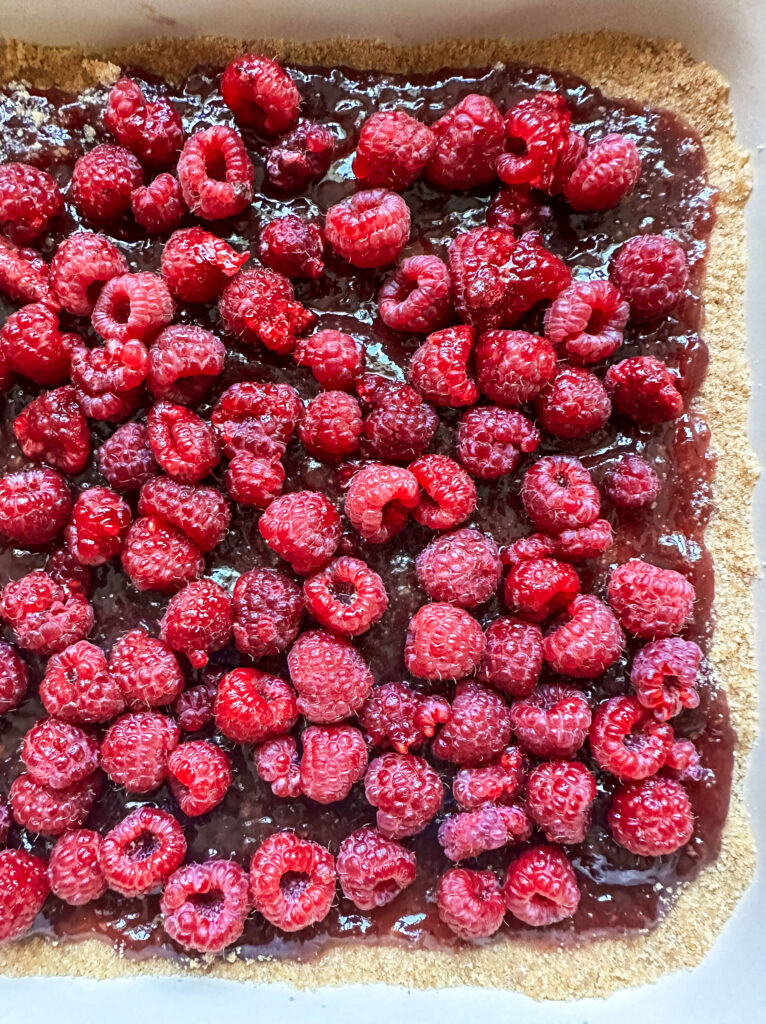
Bake for 10 minutes. If you prefer a lightly browned top, place the baked bars under the oven’s broiler on the highest setting and broil for 30 seconds to 1 minute, until the nuts become a golden brown.
Remove the dish from the oven and place it on a wire rack. Dust the top with 2 to 3 teaspoons of confectioner’s sugar and allow the dish to cool to room temperature.
Using a sharp, slender-bladed knife, slice into 9 bars and serve.
